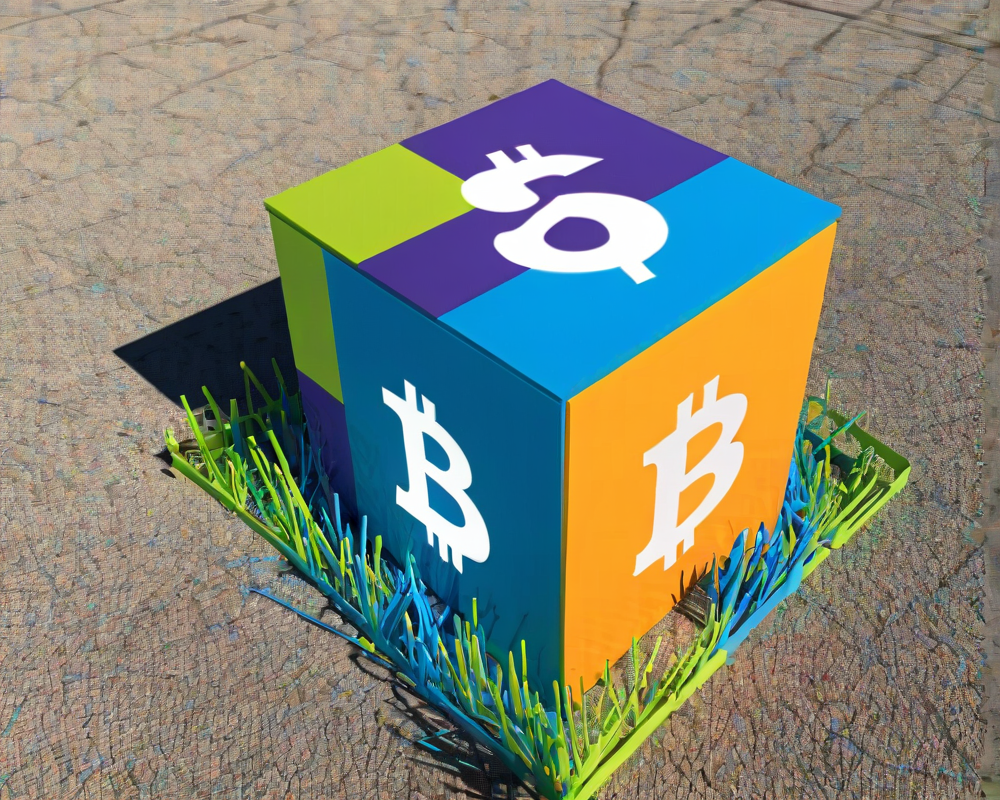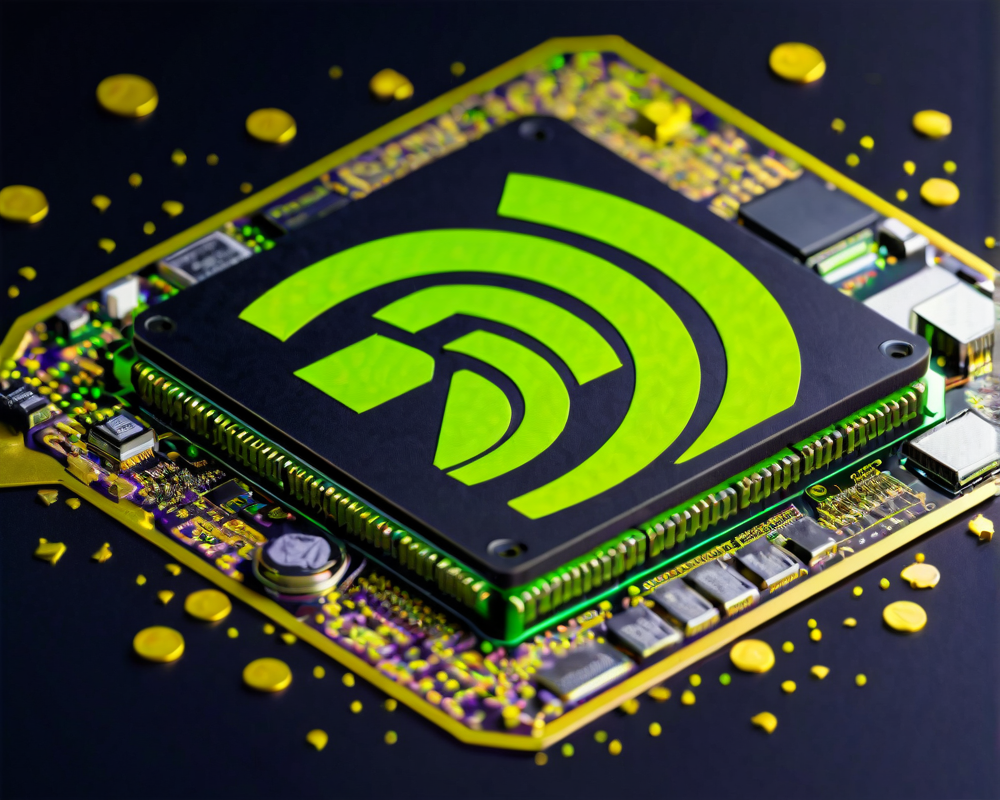On June 19, 2018, the Bitcoin blockchain hit a curious milestone with the mining of block #528249, igniting heated discussions and speculations among crypto enthusiasts. What’s the big deal, you ask? It boils down to a perplexing block hash: 00000000000000000021e800c1e8df51b22c1588e5a624bea17e9faa34b2dc4a. Statistically, it seems improbable that a miner could stumble upon this hash through sheer luck.
The Probability Puzzle
Experts calculated that with a mining rig boasting one exahash of power, it would take approximately 2512 years to generate this hash. To put this into perspective, a single Antminer S9 churns out around 14 terahashes per second. Hence, the probability of landing this specific block hash is a mere 0.4699%. Talk about a long shot!
Valuable Comparisons
Interestingly, block #528249 shares a striking resemblance with Bitcoin’s genesis block, mined by the enigmatic Satoshi Nakamoto. According to community math whizzes, a miner using a standard CPU during the genesis block era would have only a 17% chance of solving the block after six days of continuous effort. While Satoshi managed to solve his block in a brisk 4.2 minutes, the odds of block #528249 echo eerily similar mathematics, sparking theories that Satoshi himself might still be at play.
Satoshi or Quantum Computer: What’s the Real Deal?
Many in the crypto space have pondered whether block #528249 is evidence of Satoshi’s sneaky involvement, or perhaps even quantum computing at work. If a quantum computer somehow generated the block, it could potentially tackle cryptographic problems at lightning speed, reducing the time required to mine it from millennia to just ten minutes. Sounds like the plot of a sci-fi movie, doesn’t it?
Randomness Revisited
Alternatively, is it just a coincidence? Emin Gün Sirer, a professor at Cornell, argues that the hype surrounding block #528249 might be overstated. According to his calculations, anomalies like 21e800 could actually crop up about once a year. He isn’t alone; several other blocks have also been identified with the prefix 21e8, reinforcing this hypothesis.
Looking Deeper: A Hidden Message?
Could block #528249 carry a concealed message? Some enthusiasts speculate that the “E8” subset of the hash alludes to a complex physics theory known as “An Exceptionally Simple Theory of Everything.” Proponents of this theory suggest that Bitcoin might have profound implications we have yet to grasp. However, more skeptically minded individuals believe this is simply grasping at straws, squinting at shadows where there might not be any depth.
Conclusion: Just Another Block?
In conclusion, while block #528249 is undeniably a peculiar artifact in Bitcoin’s history, the consensus among professionals points to it being predominantly a random event — albeit a fascinating one. As cryptocurrency enthusiasts continue to comb through numbers and patterns, it serves as a reminder that while math can bewilder, the truth might just be more mundane than we’d like to think.




